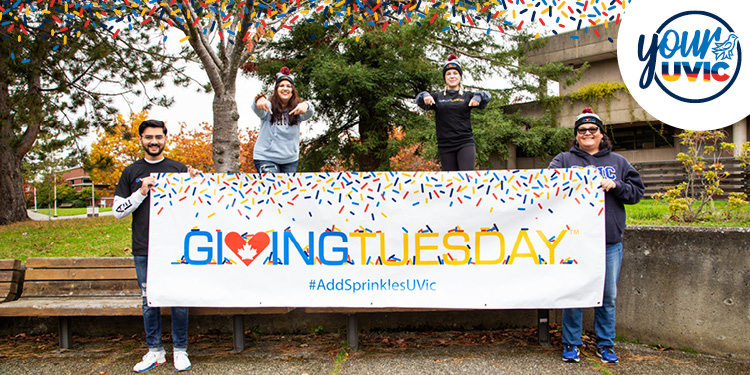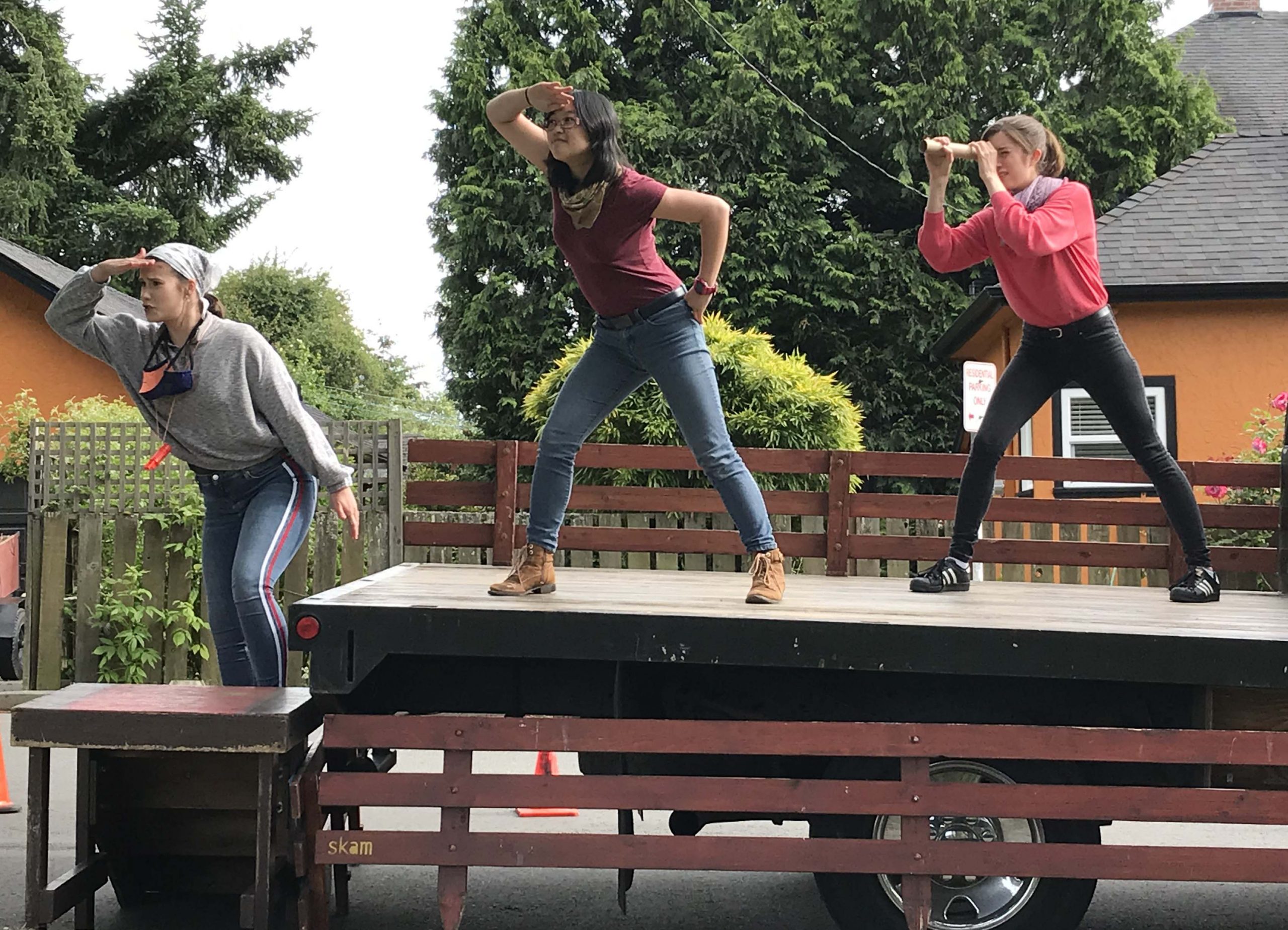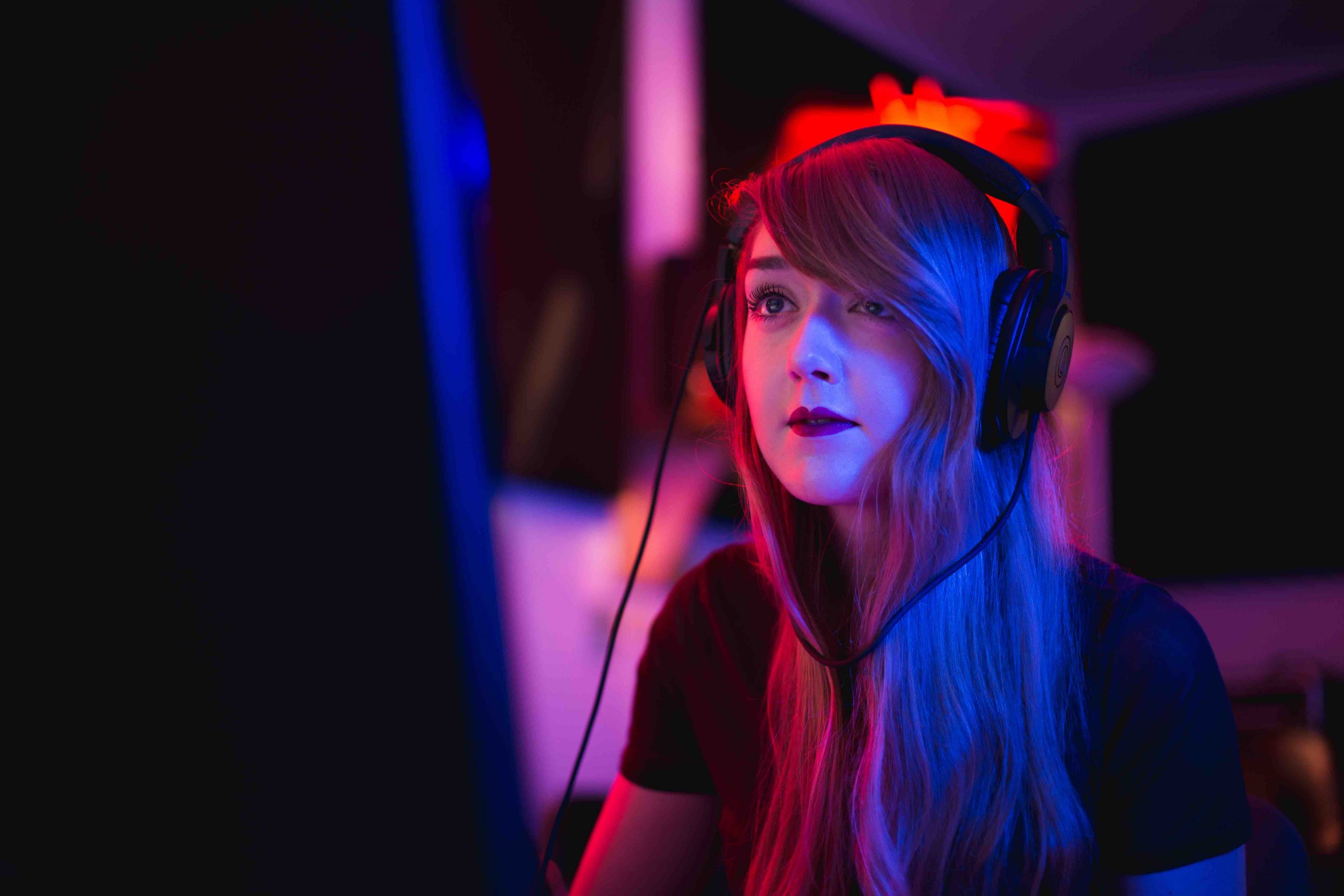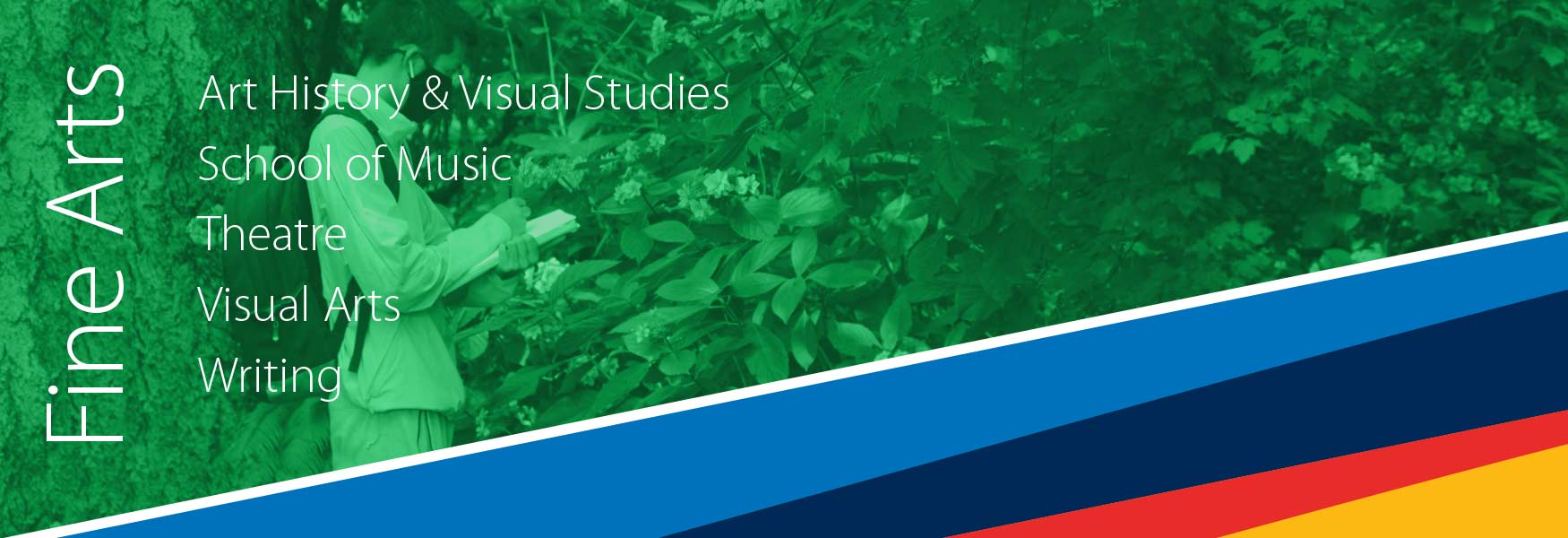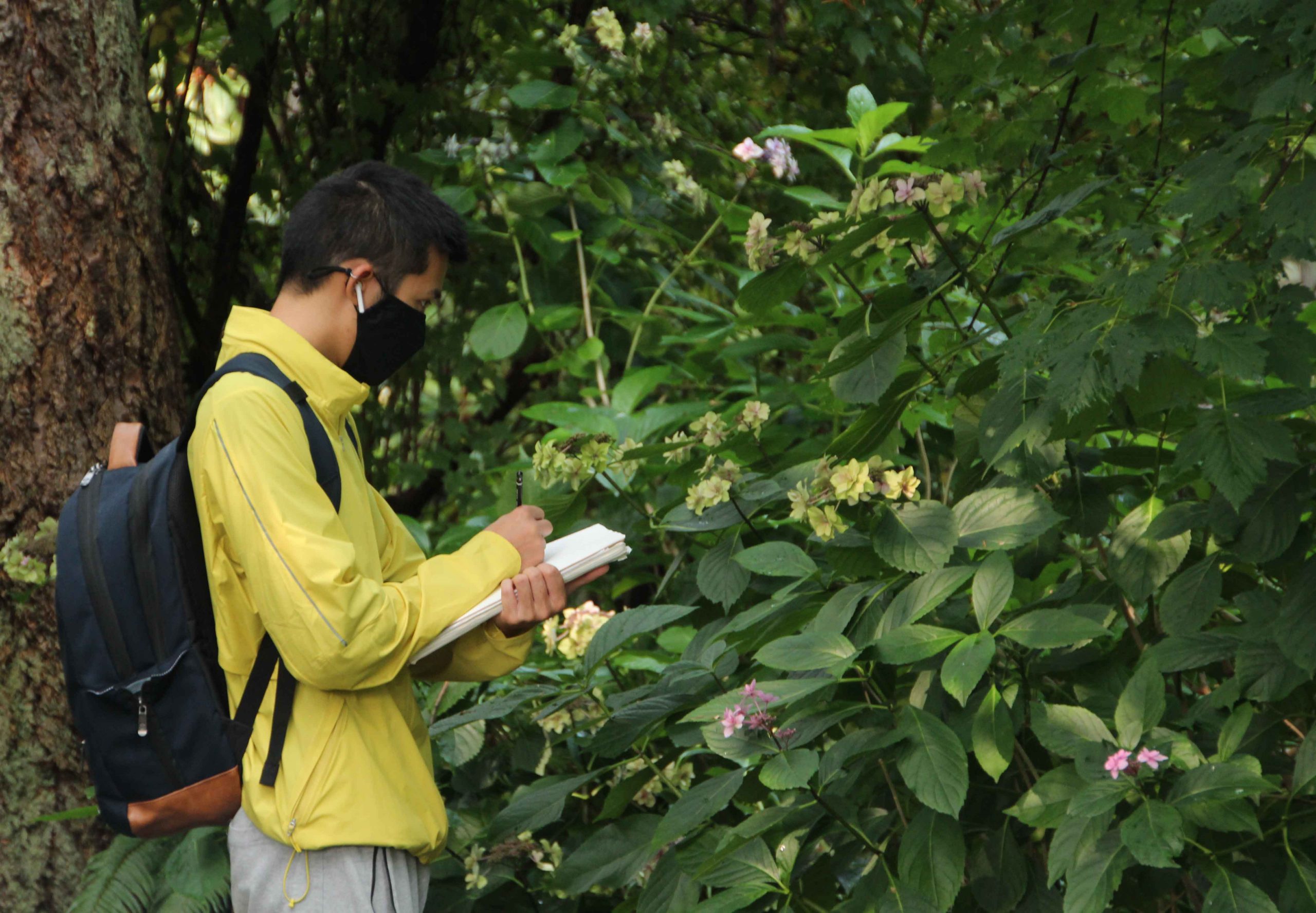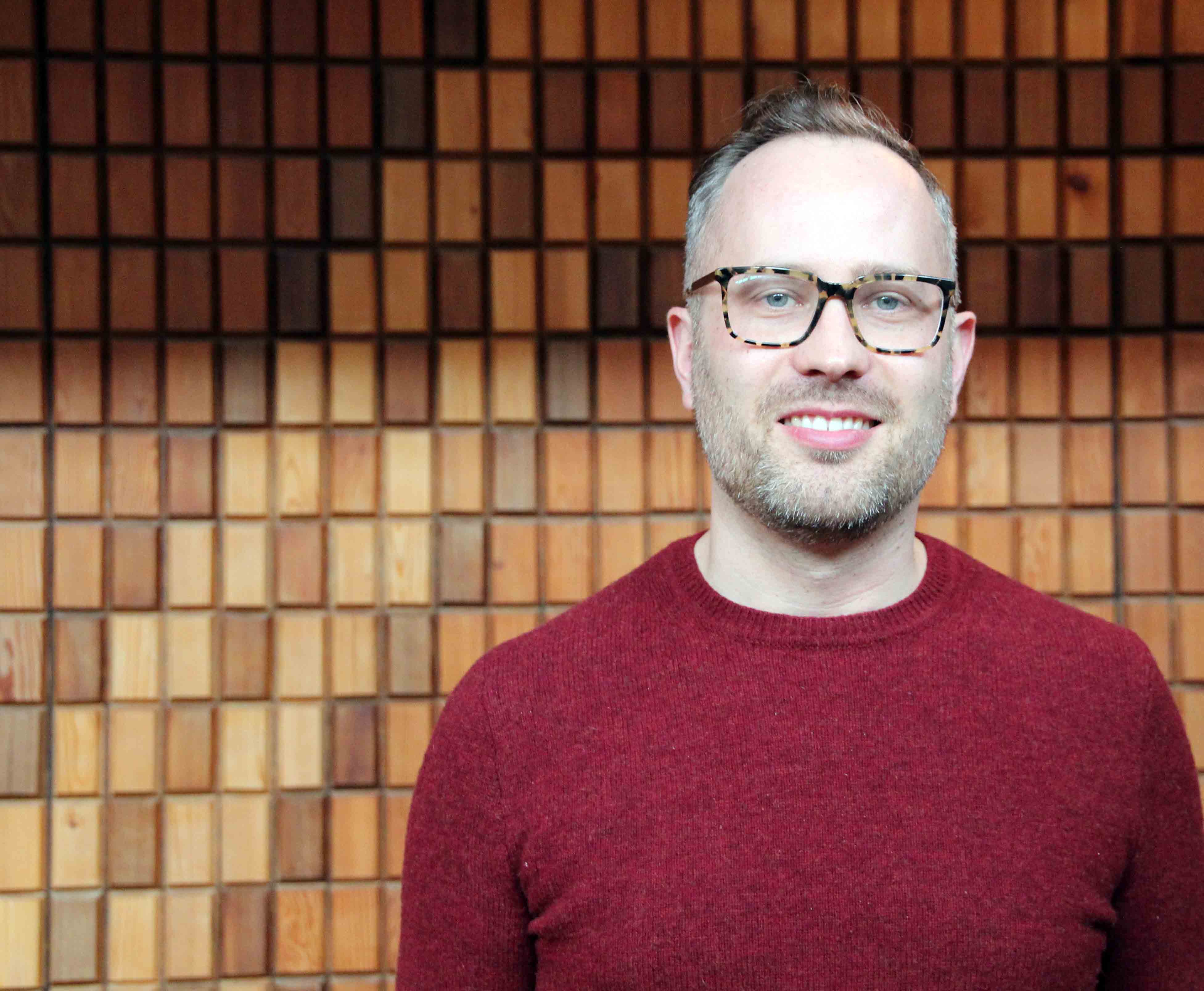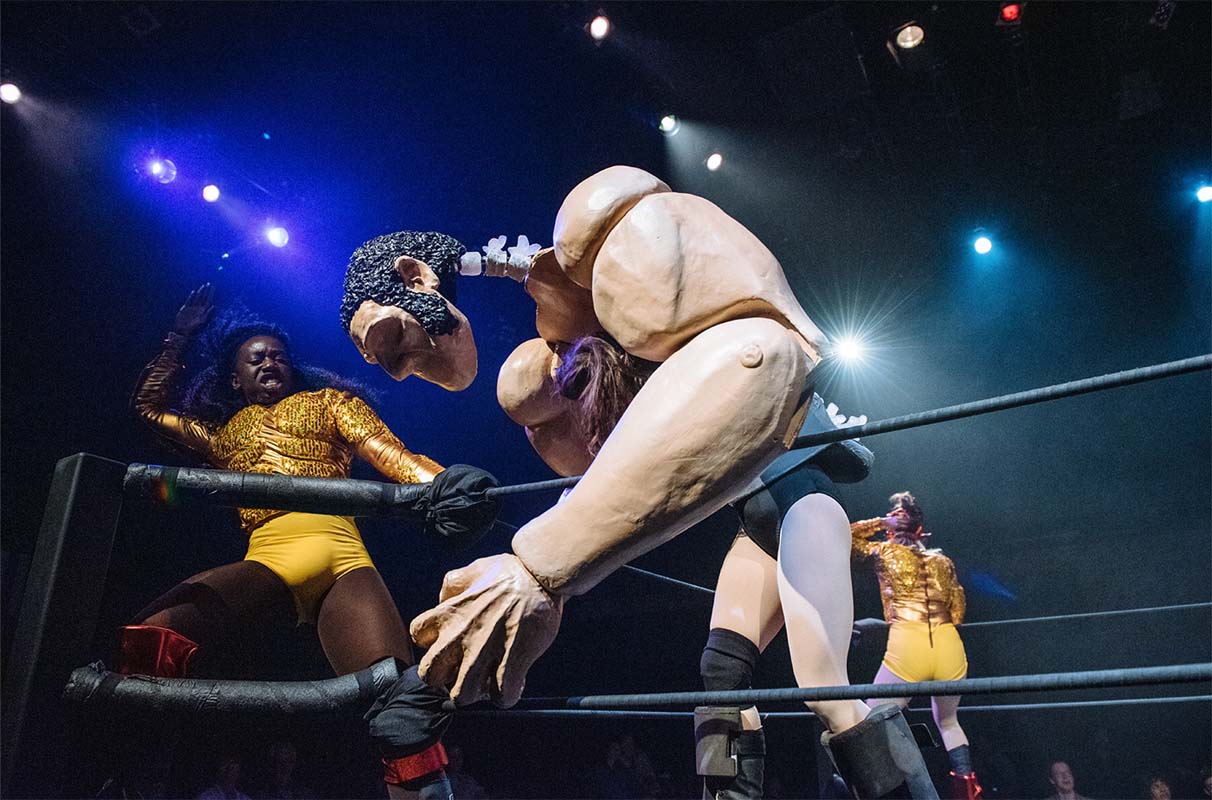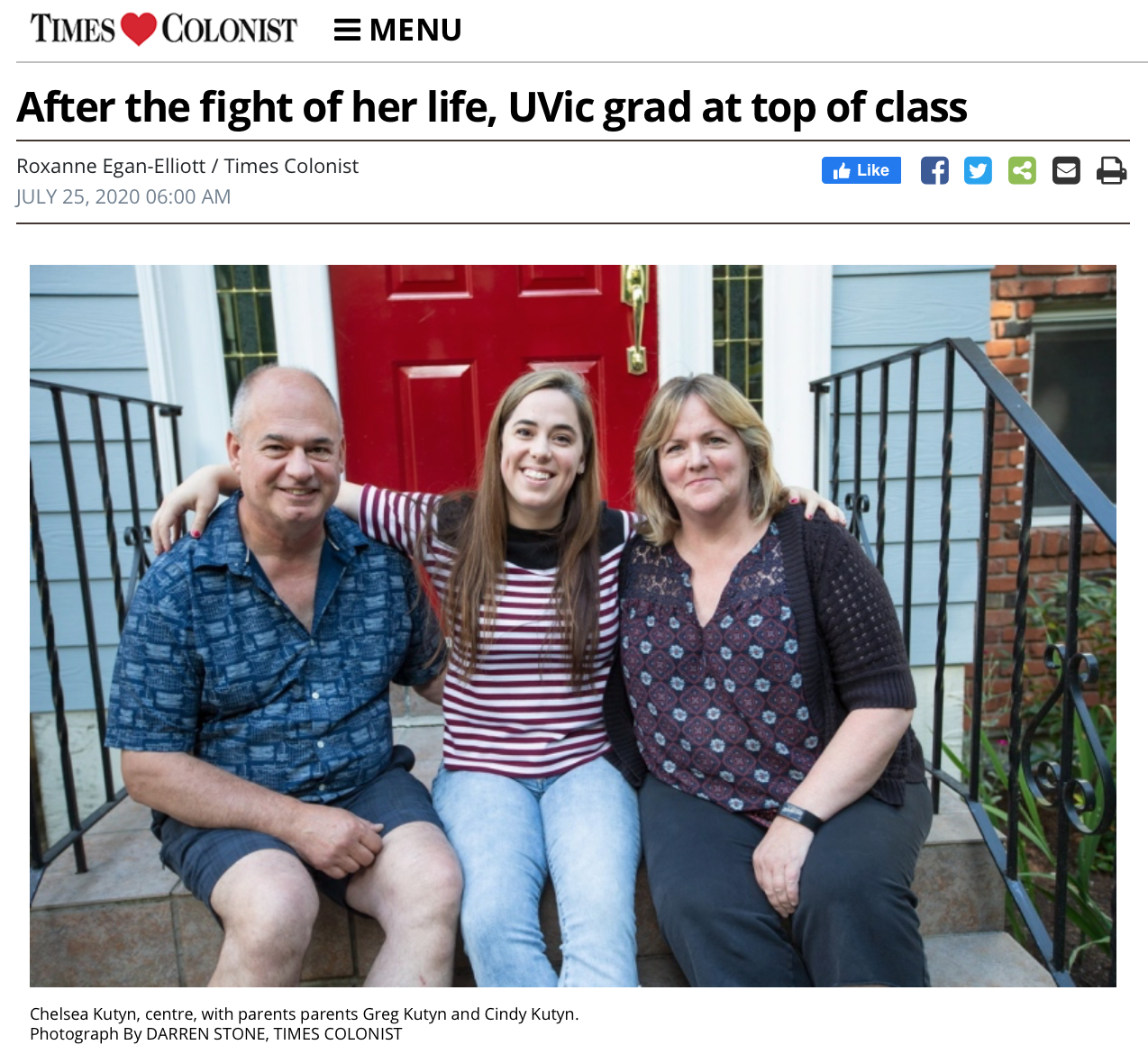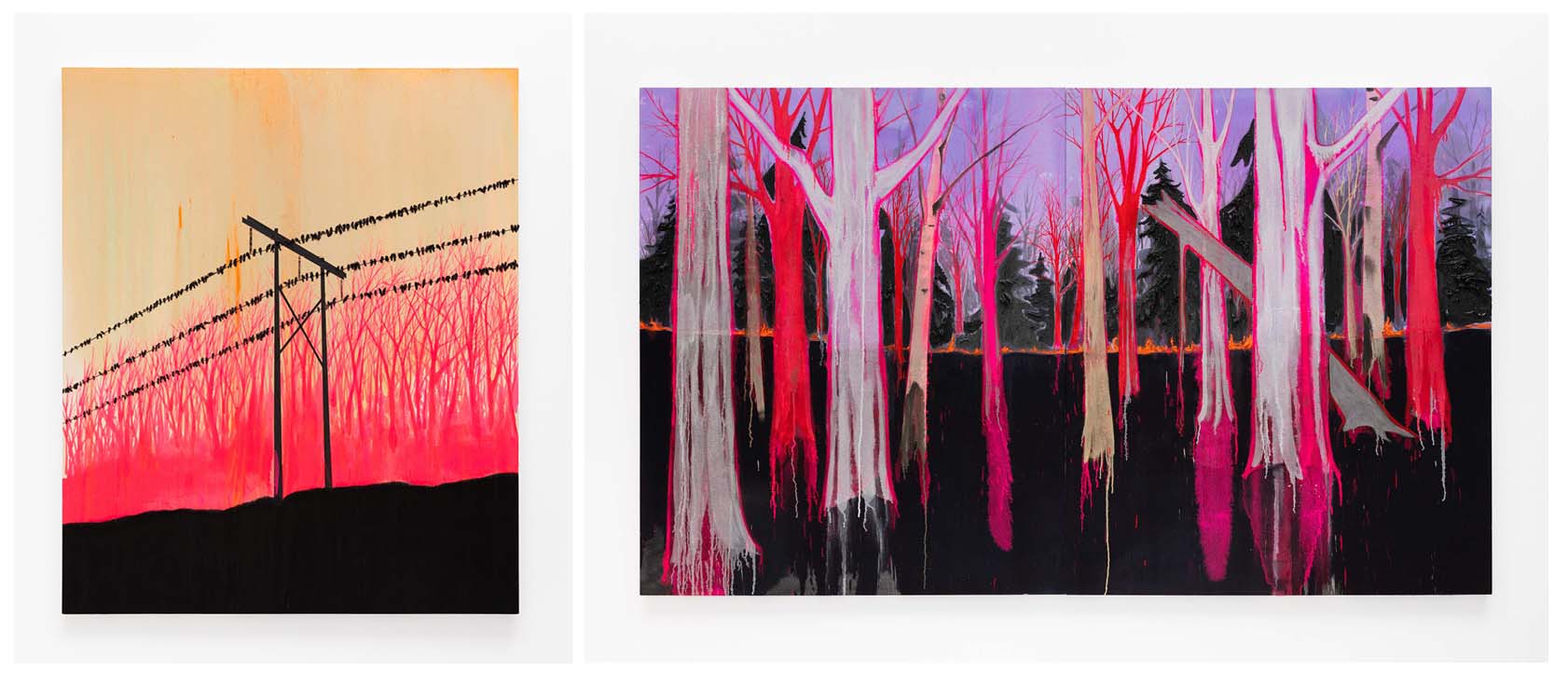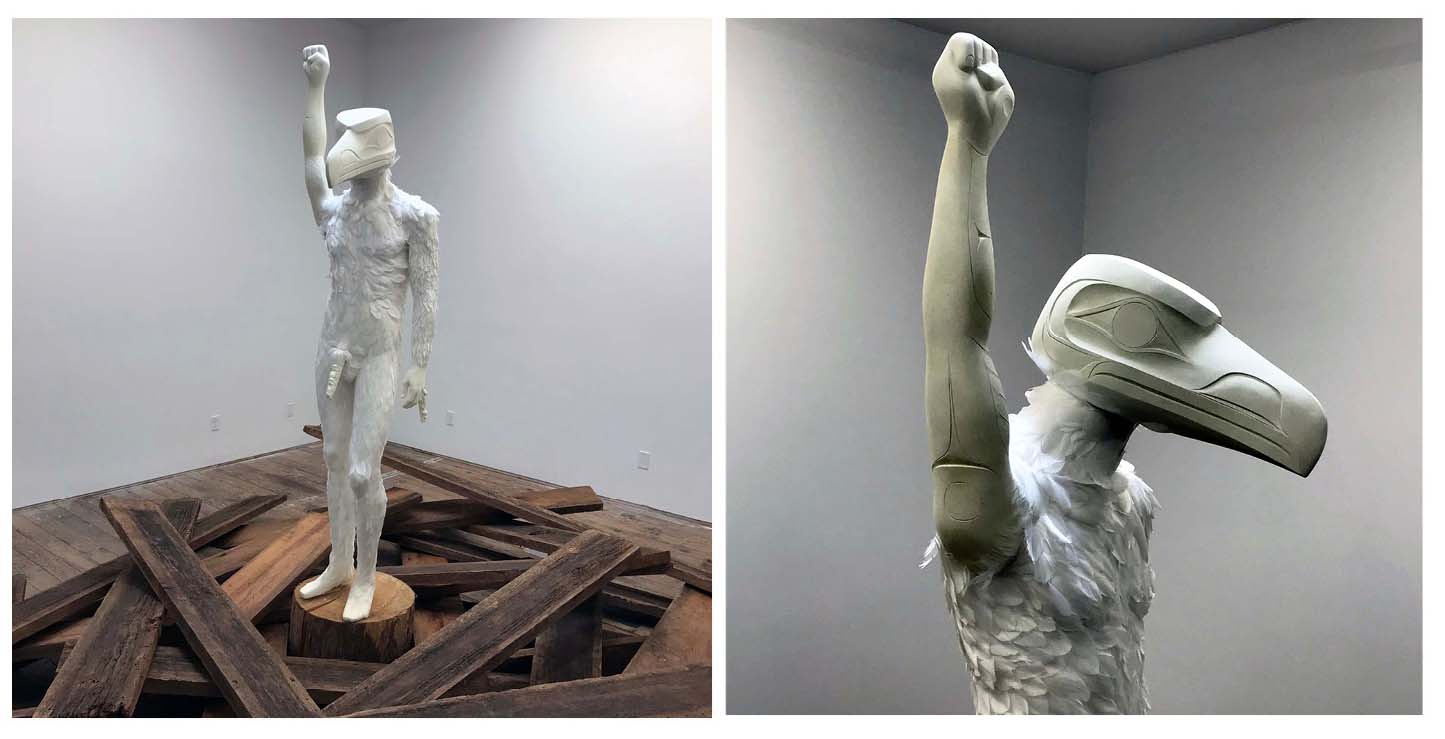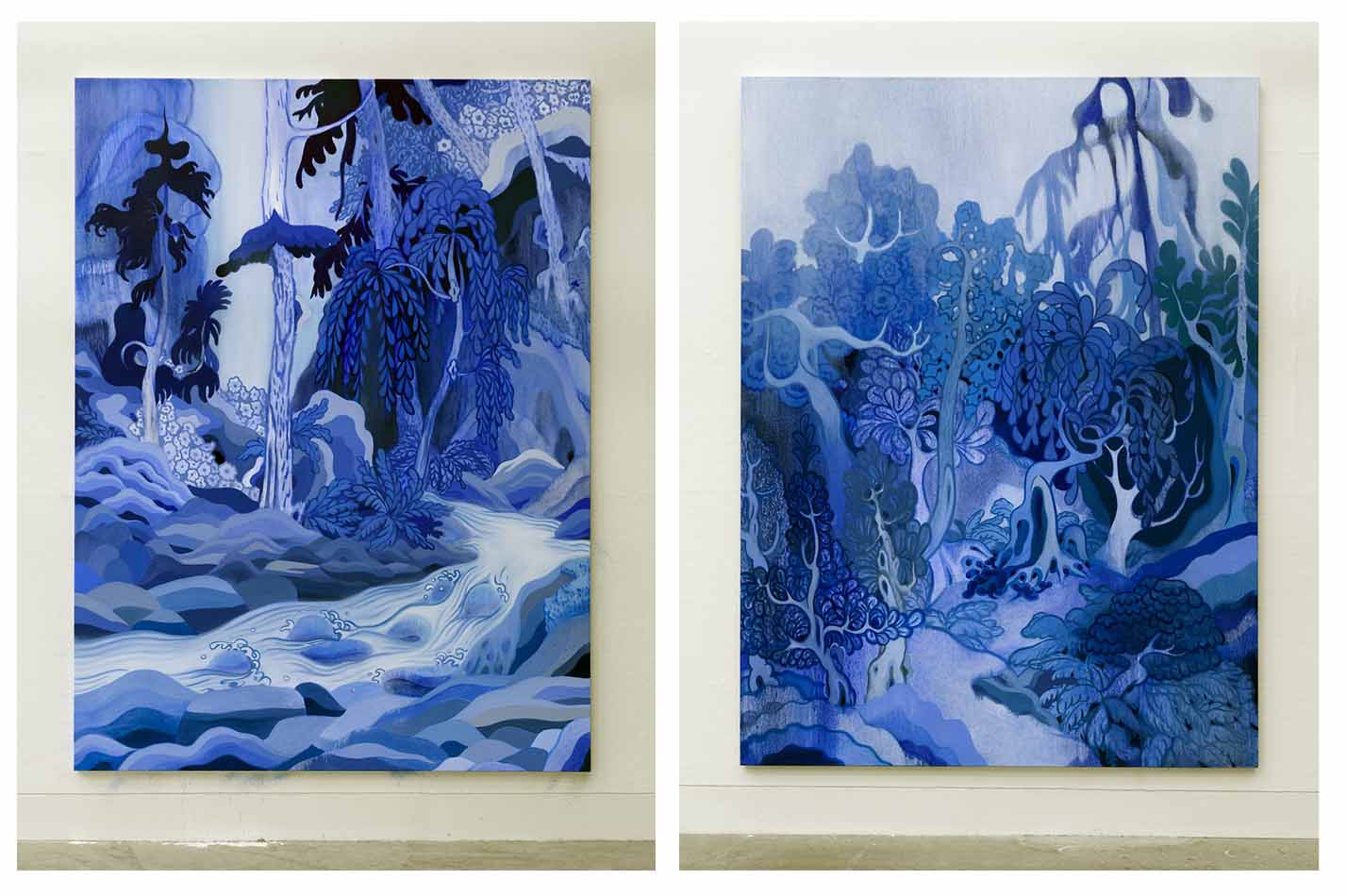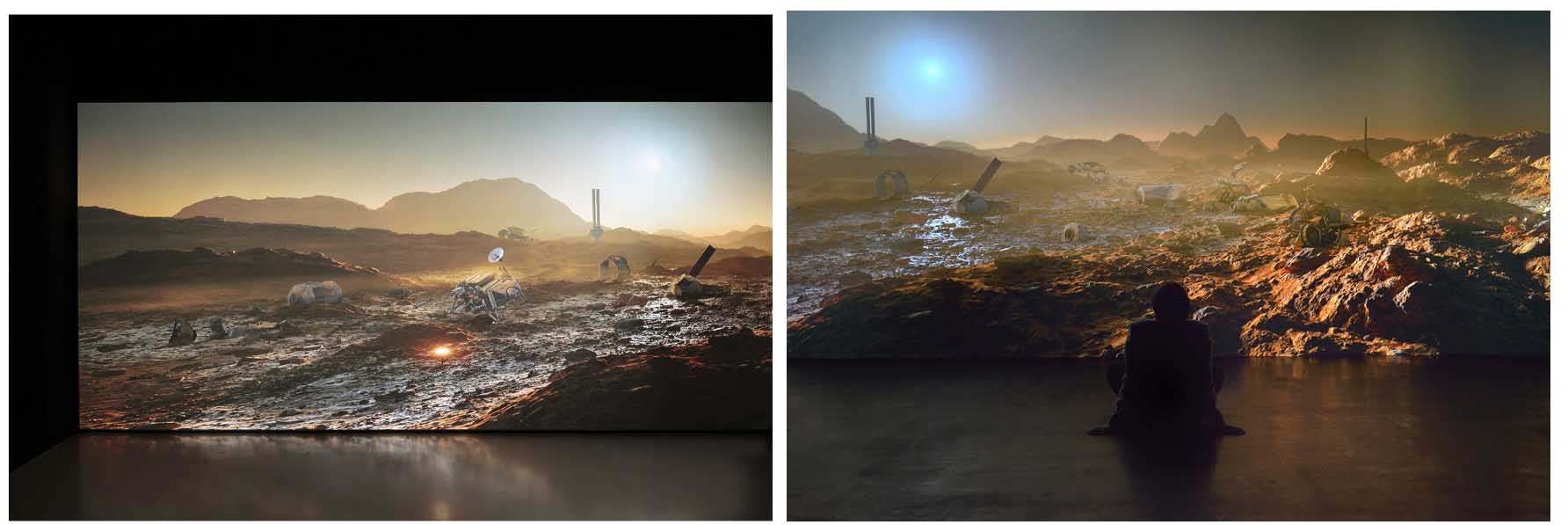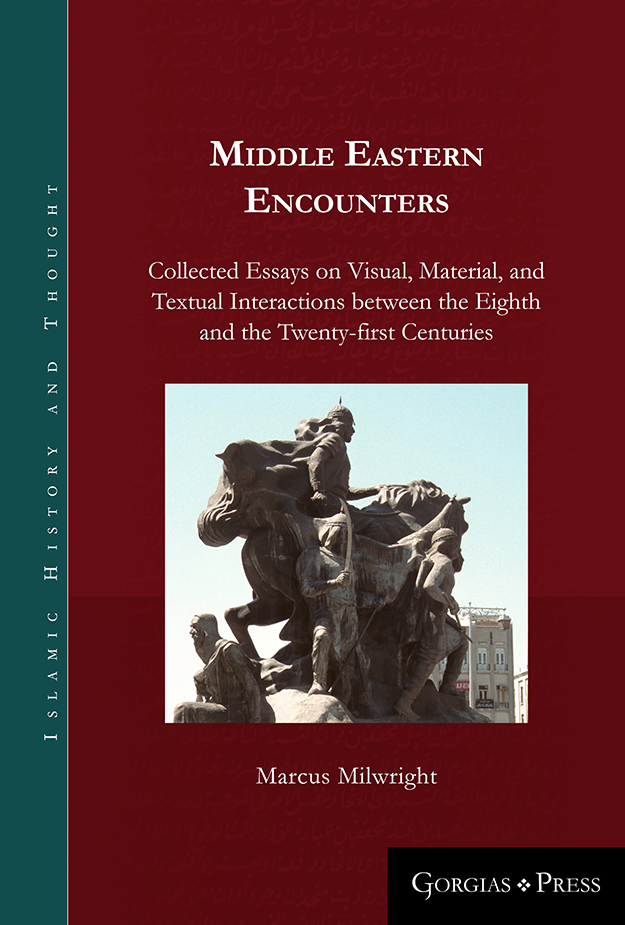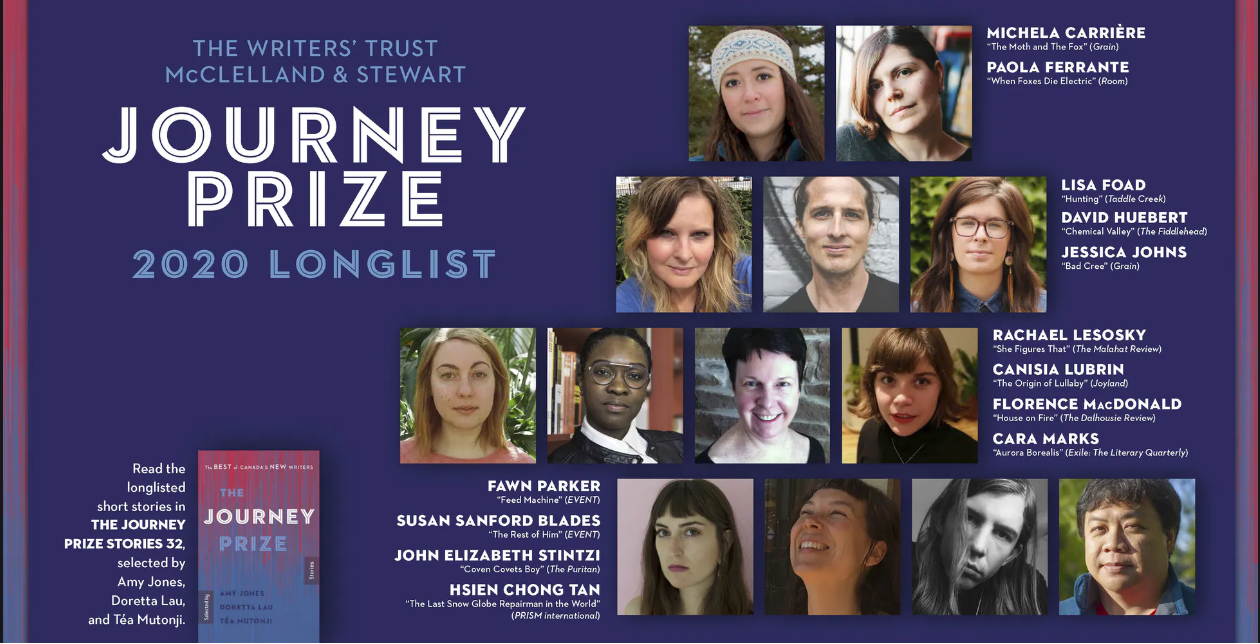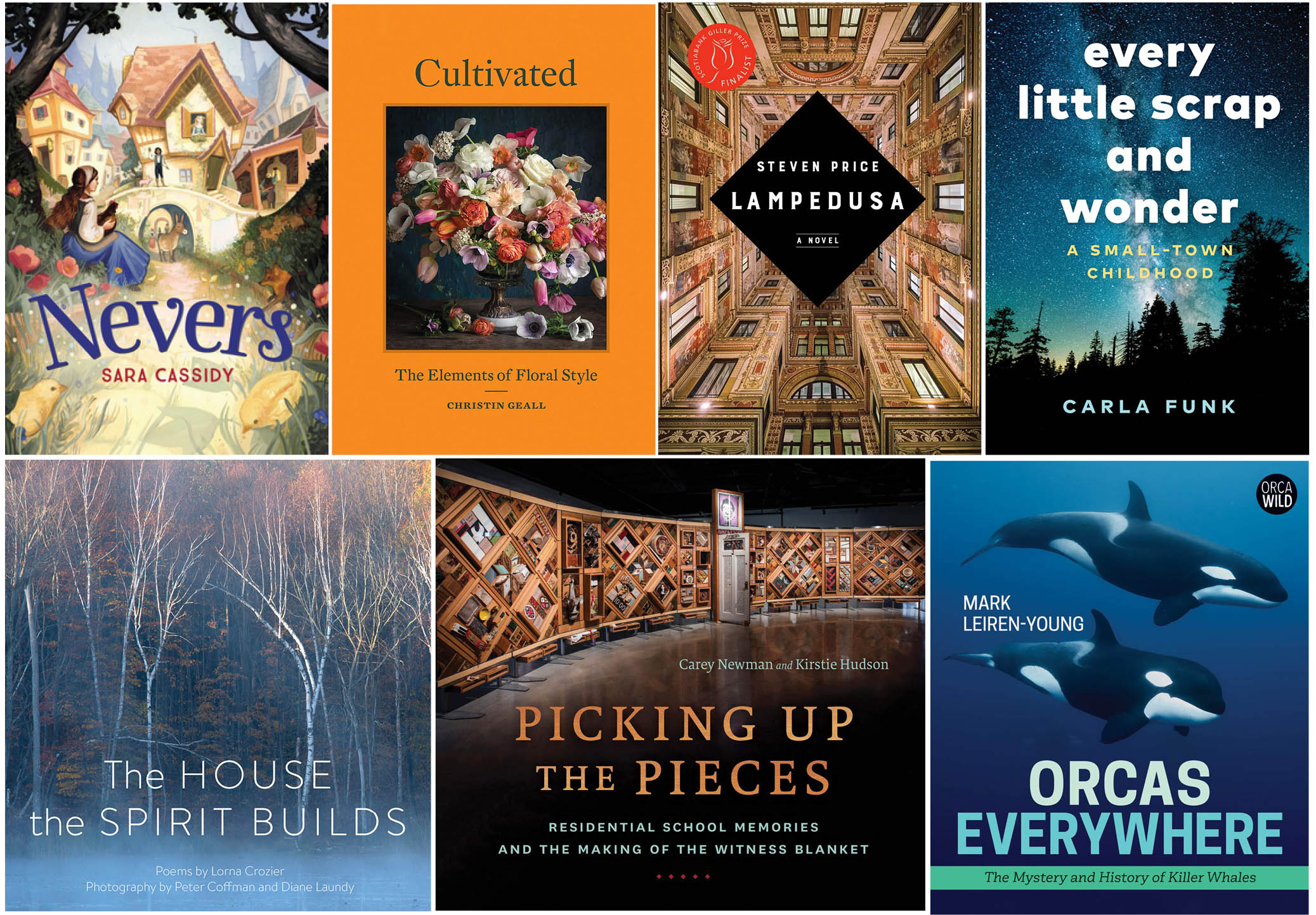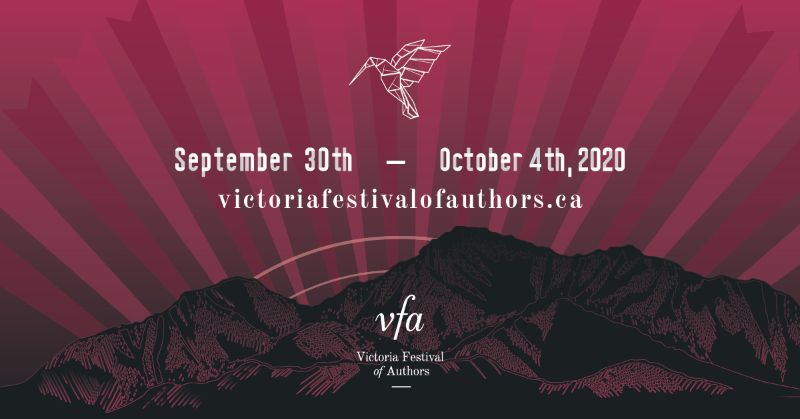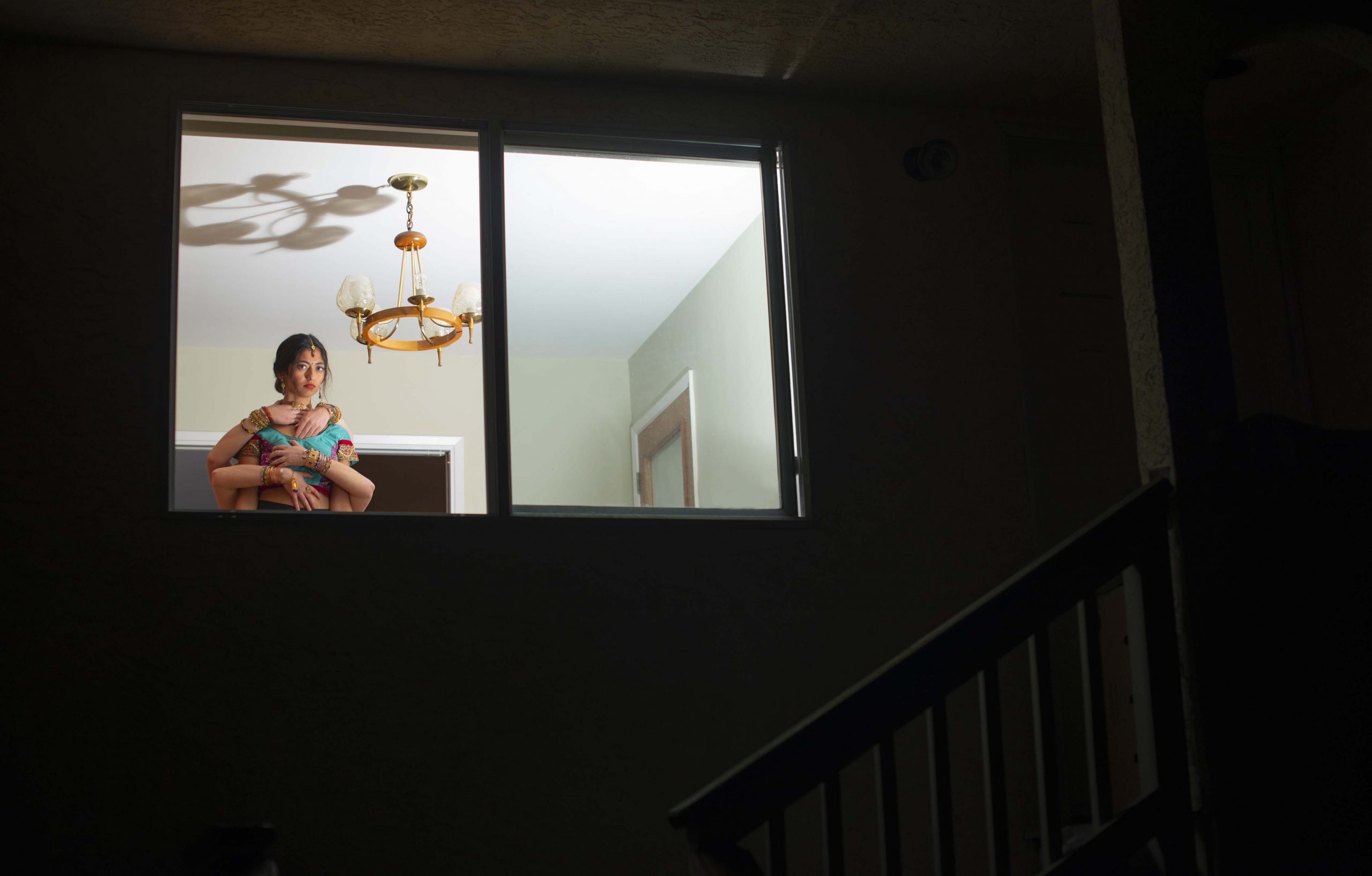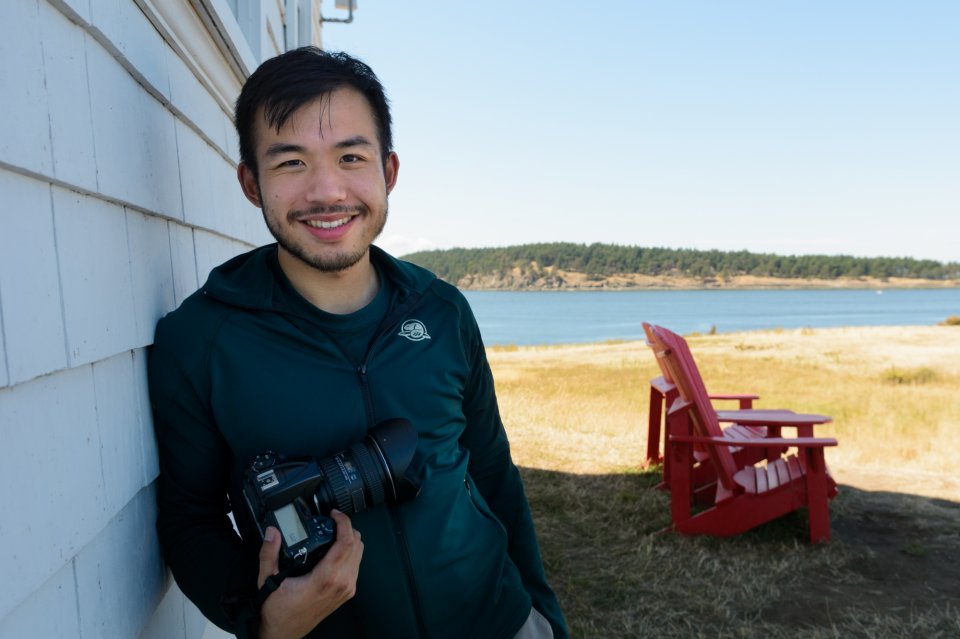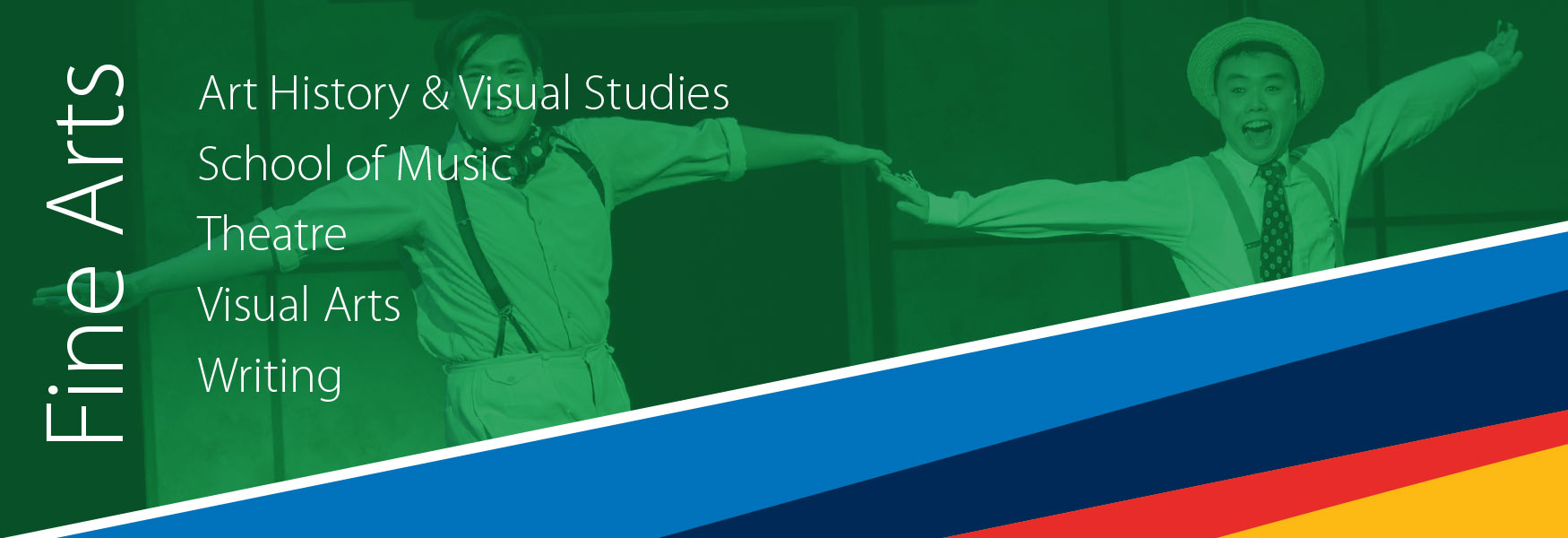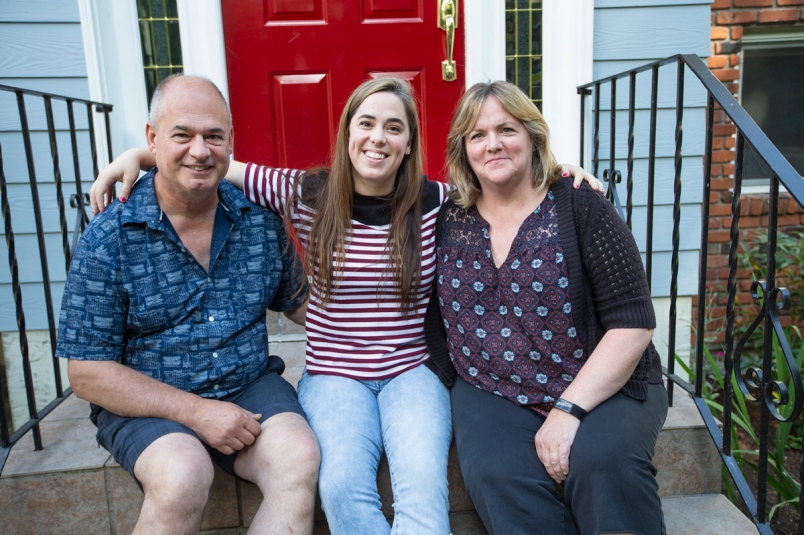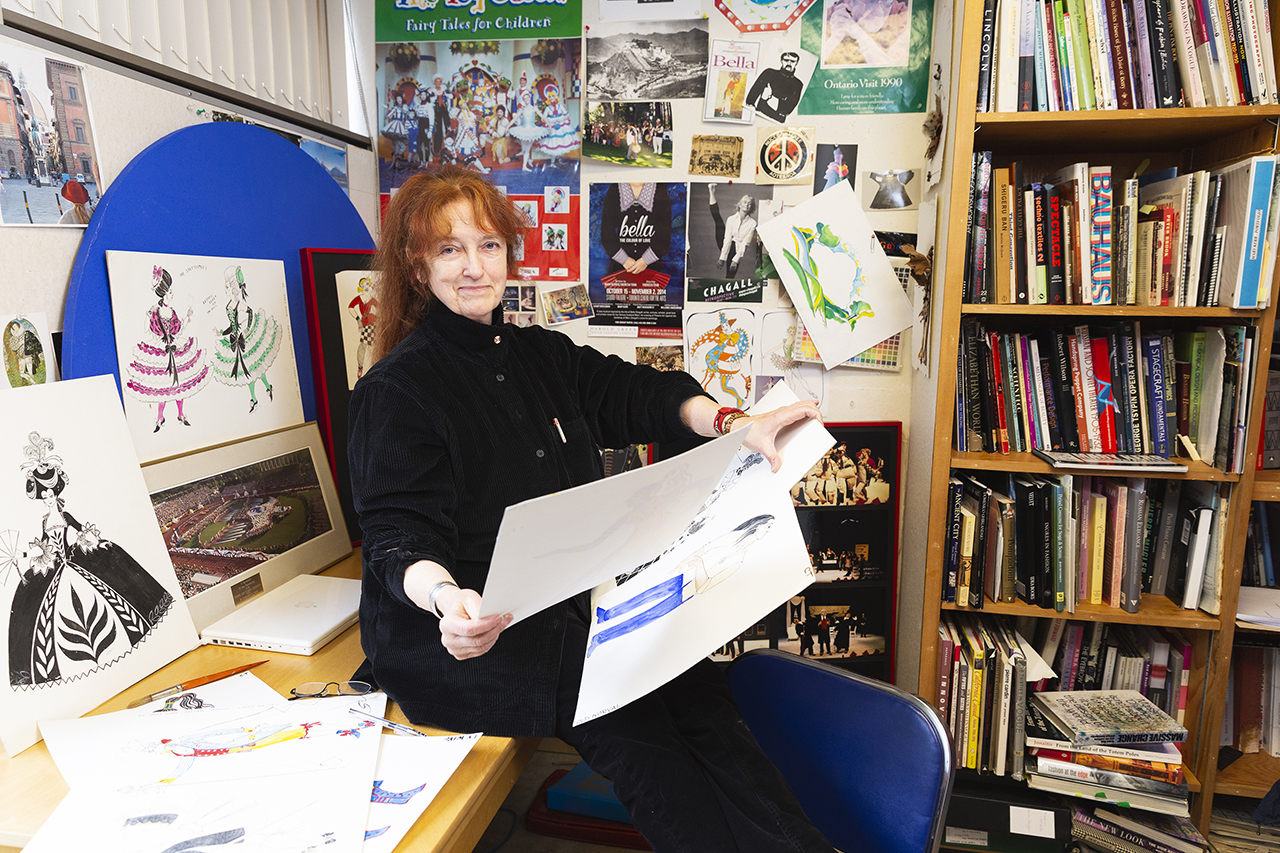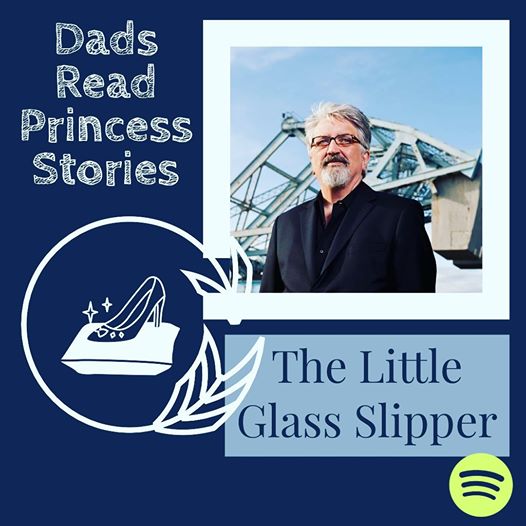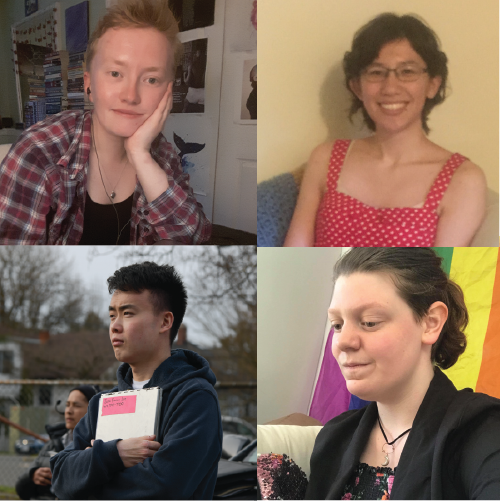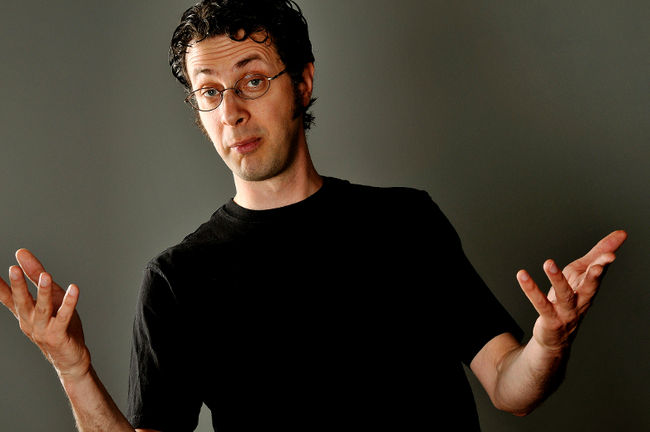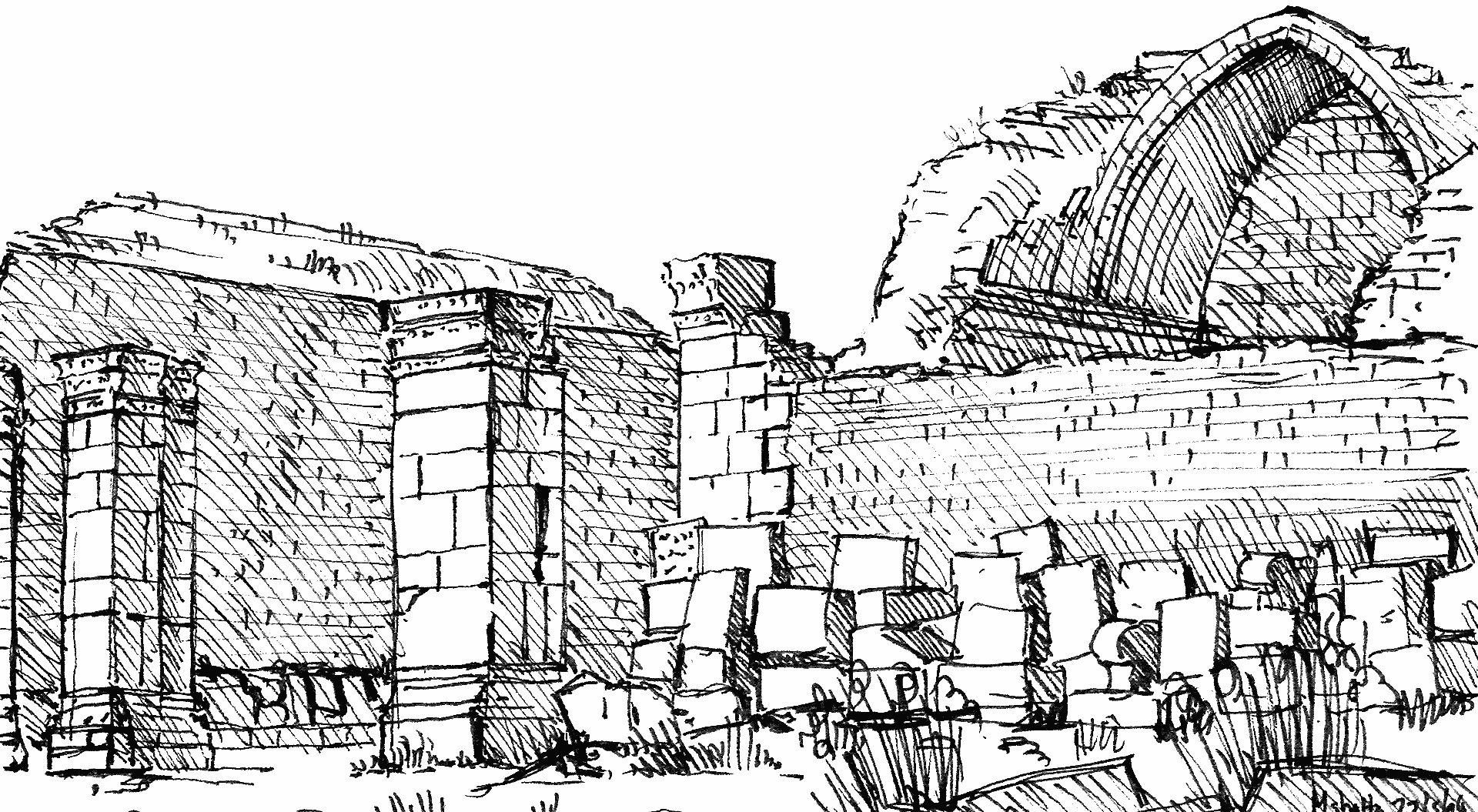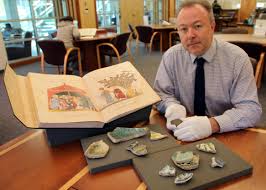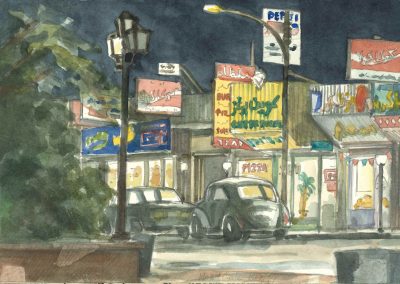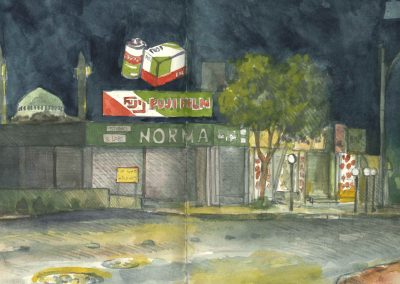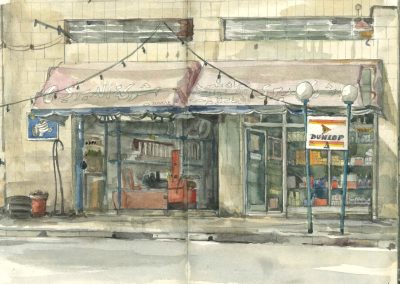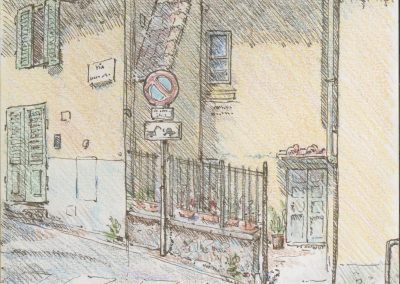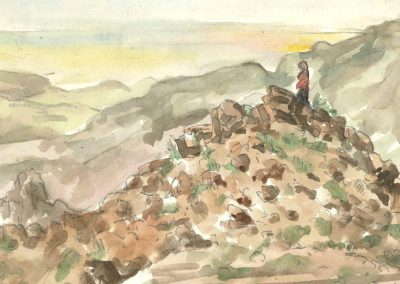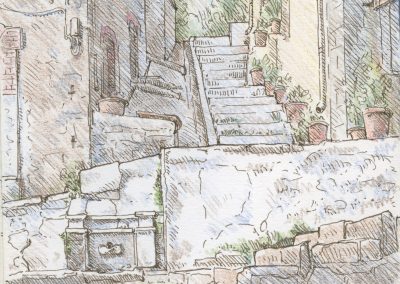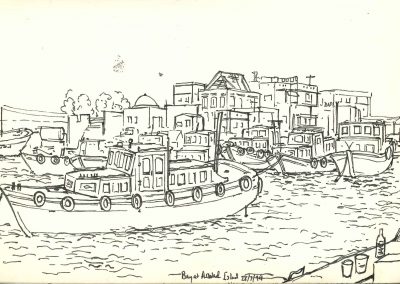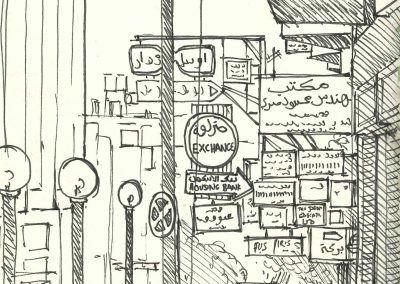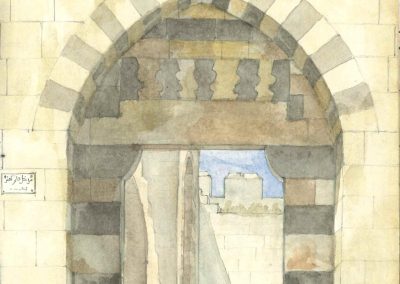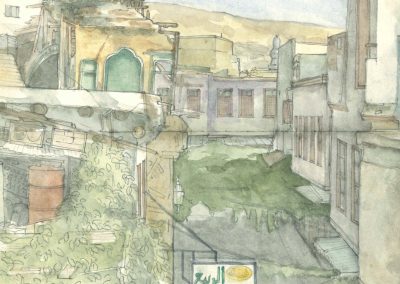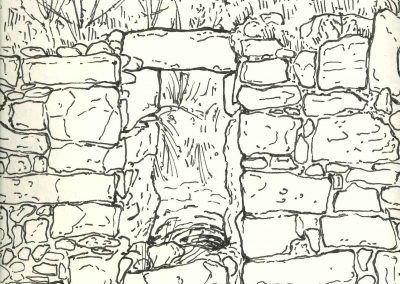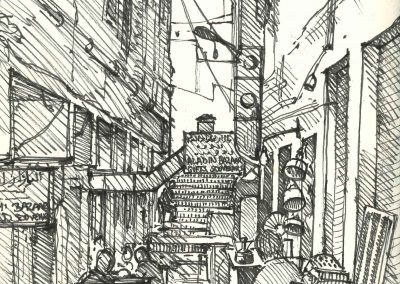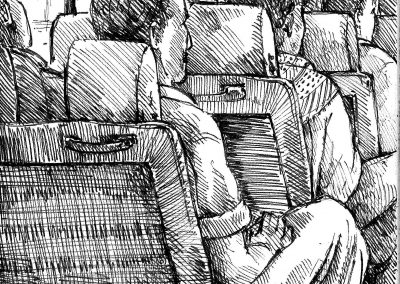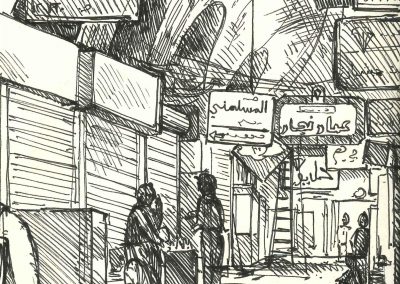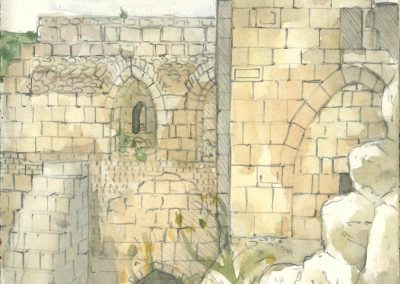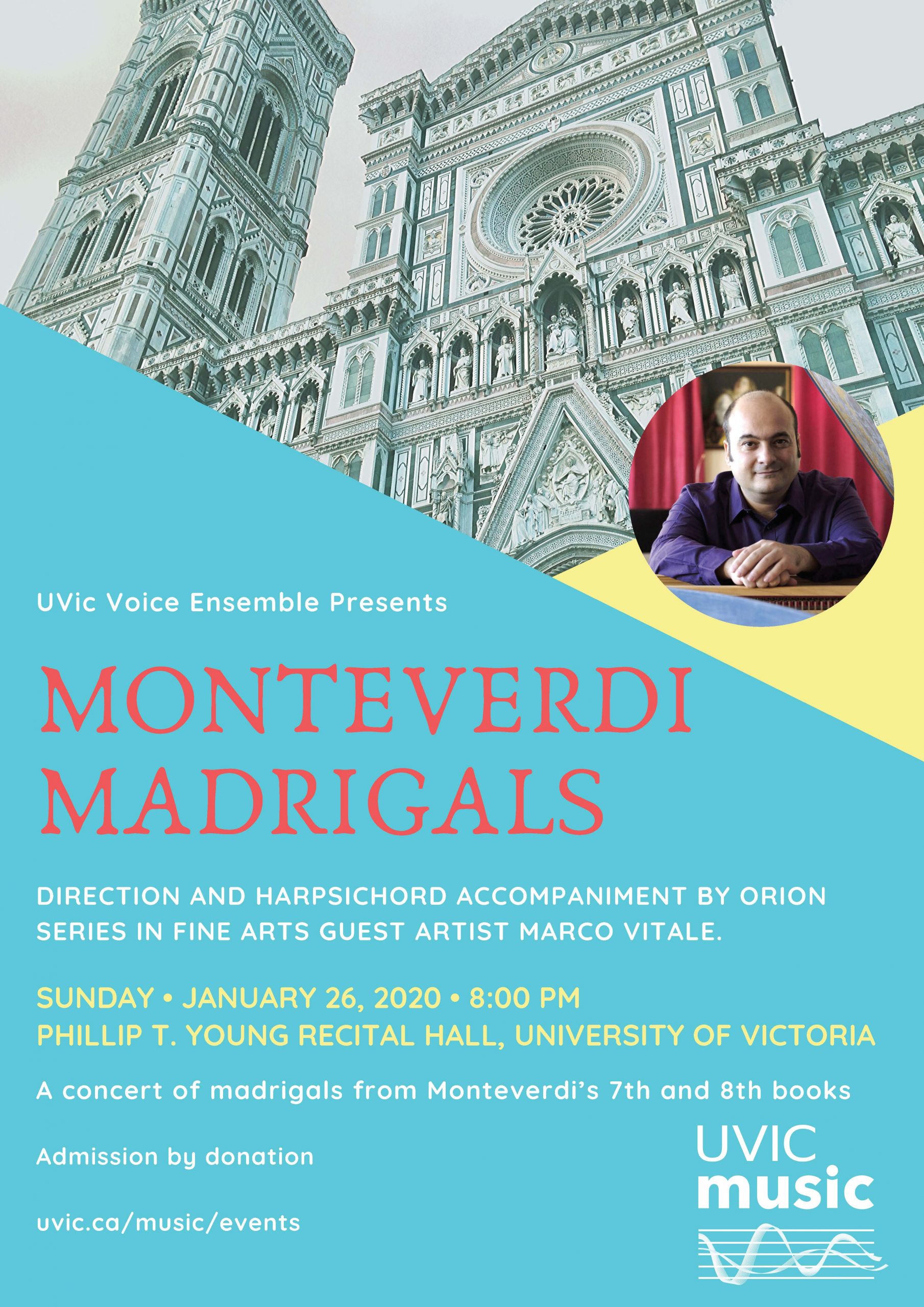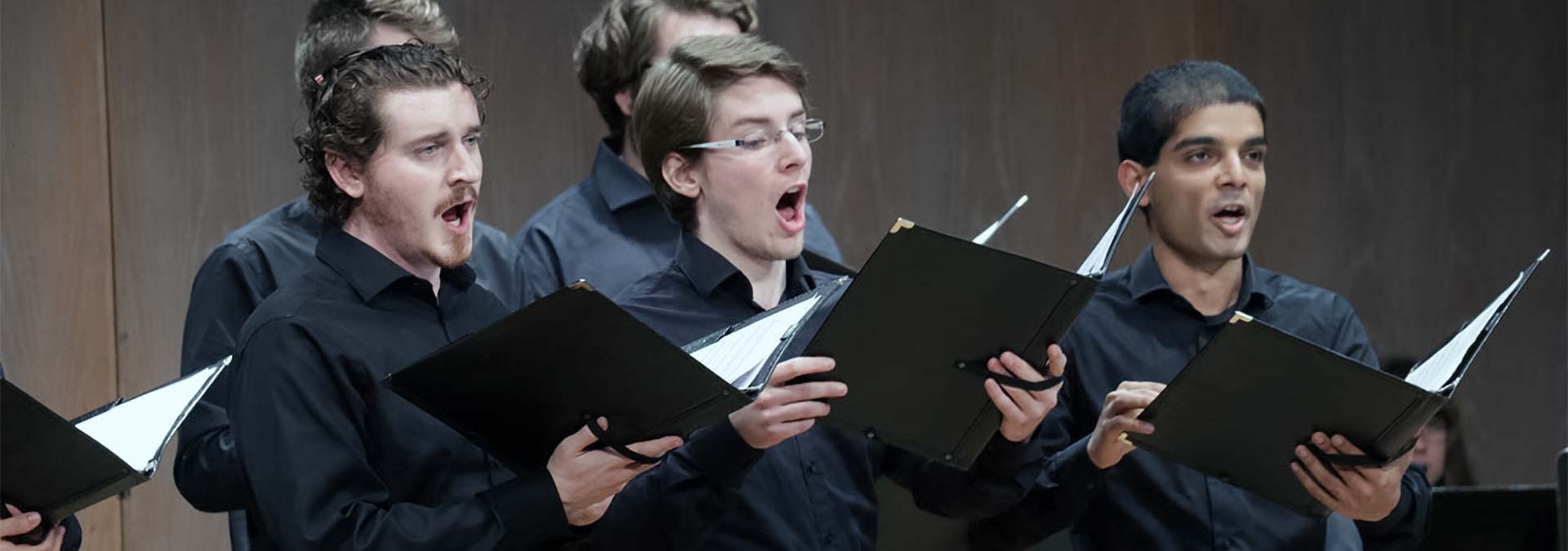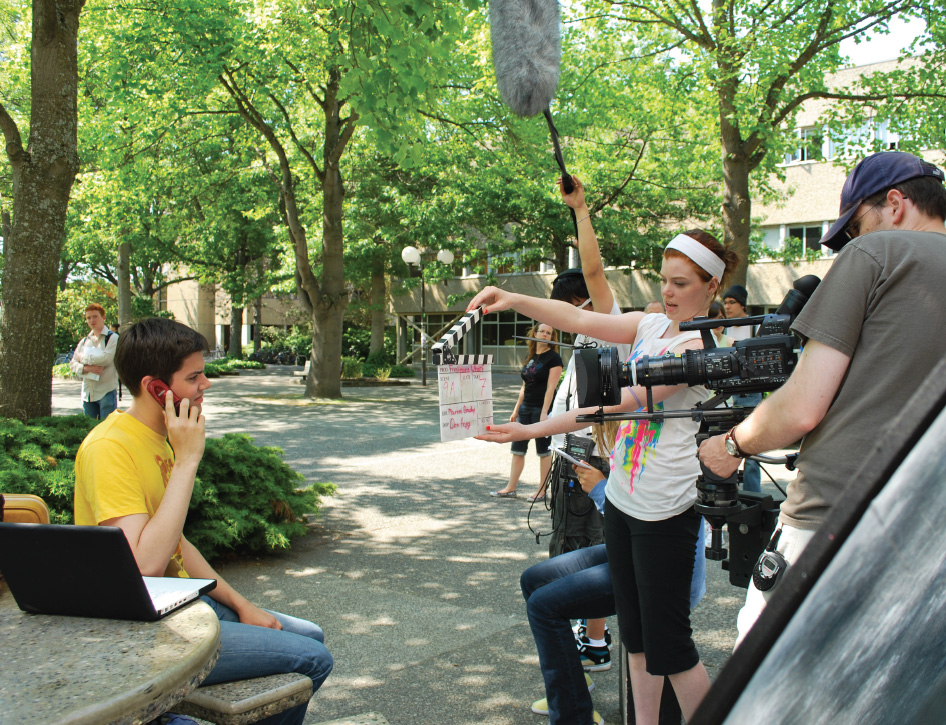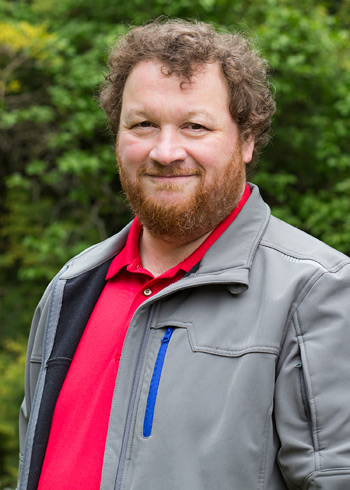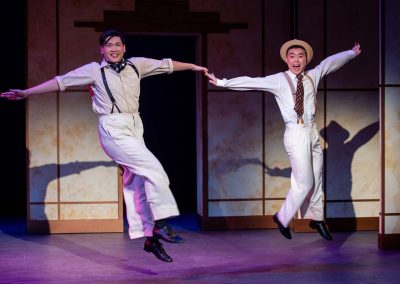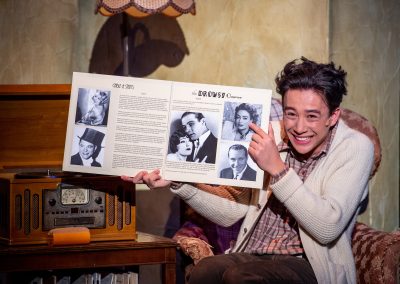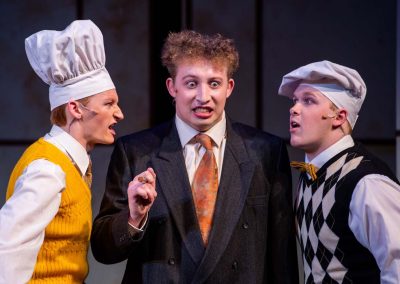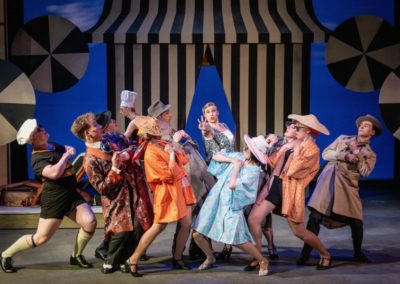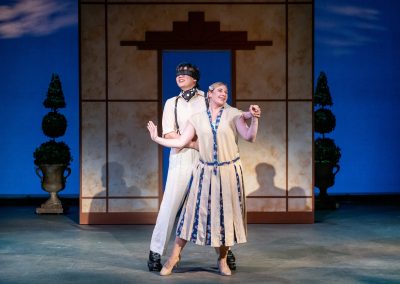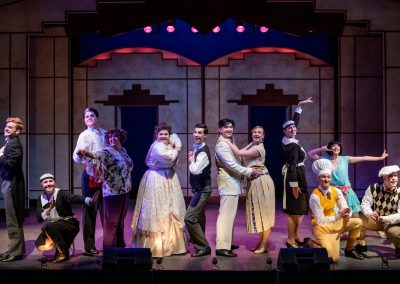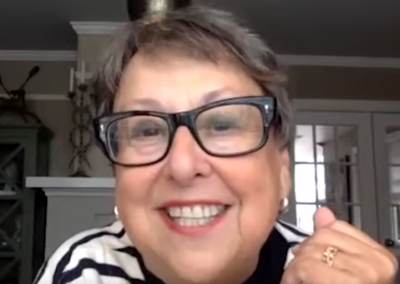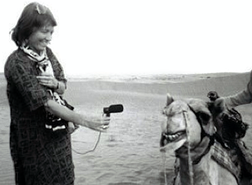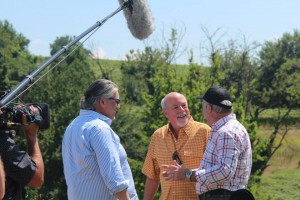Inside an art historian’s sketchbook
What inspires people to follow the path they’ve chosen? If you’re Art History & Visual Studies chair Marcus Milwright, you fuse a passion for Islamic art and archaeology with an artistic frame of mind. Milwright recently cracked open some of his old sketchbooks on the AHVS Instagram channel to offer a visual example of how his professional interest developed. His sketches, dating back to 1994, captures and records the events and everyday experiences of people and places he has visited.
Explaining that he first got interested in Islamic art via an “inspirational teacher” at the University of Edinburgh, Milwright feels it’s being able to visit the actual locations that makes a difference.
“I’ve been very lucky to have traveled very extensively in those areas . . . but for many people, it’s the chance to visit places that really stimulates those interests that will last a lifetime,” he says. “One thing I try to do is make drawings while I travel as a way of trying to remember not just the things I’ve seen but the way I felt about them at the time. I feel these things are better captured in drawings than in photographs.”
Given that his research ranges from the archaeology of the Islamic period and the art and architecture of the Islamic Middle East to traditional craft practices, the architecture and civil engineering of southern Greece during the Ottoman sultanate and cross-cultural interaction in the Medieval and early Modern Mediterranean, Milwright’s early sketches of his journey to Jordan and Syria bring those interests to vivid life.
“It’s about recording events and experiences,” he explains of his drawings of Amman, the capital of Jordan. “It’s mostly a modern city, so I tried to capture some of the everyday scenes of modern architecture.”
Consider his sketches of the historic Souq marketplace in Aleppo, which capture some of the architecture that has been sadly since destroyed during Syria’s civil war.
“It’s not just the individual bits of architecture but also the idea of the city itself I’m trying to capture through research and the drawings as well.”
More than just a visual record, Milwright sees in these sketches and paintings the roots of his current profession.
“I was doing doctoral research there and the drawings were trying to get across my everyday experiences—a teahouse where people play backgammon with a mosque in the background—but during that trip, I made another journey by taxi to the old city of Damascus, which has captured my attention ever since,” he explains. “It’s somewhere I’ve continued to work throughout my entire career.”

